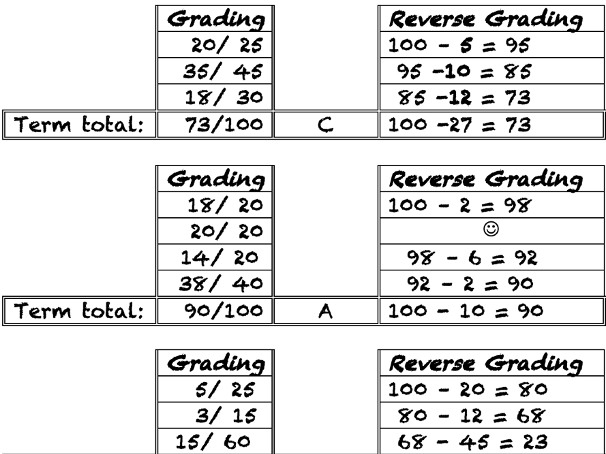
Engage your students with these feedback strategies
Angeles Aguirre and Jorge Mosqueda provide simple introductions to four methods of feedback, from video summaries and social media posts to rubrics
You may also like
Popular resources
In this article, we present four strategies for providing effective feedback to students that can help improve the quality and experience of learning as well as the communication between students and teachers.
Tutorial-style video feedback
With this strategy, teachers create videos to explain step by step the correct way to solve a problem. It’s a handy resource for algorithmic practices, where the answers must be the same for all students. This form of feedback has the advantage of providing easy-to-follow explanations of problems as well as the solutions to each exercise. It is a clear and concise format with which to provide feedback.
To carry it out, teachers need to create videos with solutions to each exercise using software that records the computer screen or the blackboard, as shown in this example. The video is then uploaded on an institutional or external platform such as YouTube or Google Drive, and the link is shared with students when the teacher posts comments on the activities. Finally, references should be provided for the parts of the video where students can check for solutions to their mistakes.
- Build effective rubrics in just five steps
- How to design low-stakes authentic assessment that promotes academic integrity
- Assessment and feedback as an active dialogue between tutors and students
A template to standardise, list and describe evaluation
You can provide quick, yet personalised and detailed, feedback by creating a rubric of criteria the students’ work must meet. A template is developed that includes positive comments for each evaluation item but also leaves spaces for customised observations. The key advantages of this method are speed allied with the agility to provide customised feedback where necessary. Also, the creation of a list and detailed description of each element to be evaluated is useful in and of itself, as is creating a sanctioned overview of/guide to the feedback process for when there is more than one evaluator.
To perform this type of feedback, we usually start from a predesigned template in Word with positive comments, as shown in this example. The evaluator then verifies the level of compliance with each item and makes personalised observations for each student. If an item is not met, this should be indicated in one comment, with the initial (pre-written) comment then used as a standard of how it should have been done.
Kick-off and follow-up video sessions for collaborative projects
Virtual kick-off sessions are intended to get to know students personally, along with defining the objectives, means of communication and ways of working in collaborative activities. They should have a maximum duration of 25 minutes per video call on, for example, Zoom. Follow-up sessions should be carried out whenever milestones are reached.
Once the teams are formed, they are invited to the “kick-off” to get to know each other and the faculty involved. The objectives are aligned and the details and responsibilities of the course explained, as well as the activities necessary to achieve the milestones/deliverables successfully.
During the semester, there should also be meetings to monitor progress, answer questions, provide feedback and ensure compliance with milestones and objectives. Generally, one or two virtual follow-up sessions need to be held, depending on the activities defined in the course. Additionally, counselling sessions can be conducted if requested by students.
Advantages:
a) An effective, personable and collaborative way to clear up concerns and expectations about activities.
b) The student-teacher relationship is deepened, and responsibilities, roles and what is expected of each party in terms of contribution are agreed upon in advance to avoid confusion later.
Resources to aid understanding using popular apps
This strategy entails using digital tools to answer general questions and provide complementary information for the course using social media and popular apps such as TikTok, Spotify, YouTube and Instagram. Podcasts and short videos should be created featuring solutions to activities, recommendations, tips and useful additional information about the course topics.
The advantages of this strategy are that it leans on digital media that students are usually already using daily, which helps facilitate access to and availability of resources for active learning, as well as awakening their curiosity and enthusiasm for consulting the teacher’s resources.
As we know, feedback is essential for increasing student motivation and confidence by helping them recognise what they do well, along with their areas of opportunity. Having clear strategies for providing this feedback will help you maintain more effective communication with your students, increase their motivation and enable you to review quicker. You should also identify which feedback is most effective and put it into practice, while bearing in mind that combining several strategies can provide students with a more complete and comprehensive learning experience.
Angeles Aguirre and Jorge Mosqueda are tutor professors in educational innovation and digital learning, at Monterrey Institute of Technology, Mexico.
If you found this interesting and want advice and insight from academics and university staff delivered direct to your inbox each week, sign up for the THE Campus newsletter.




